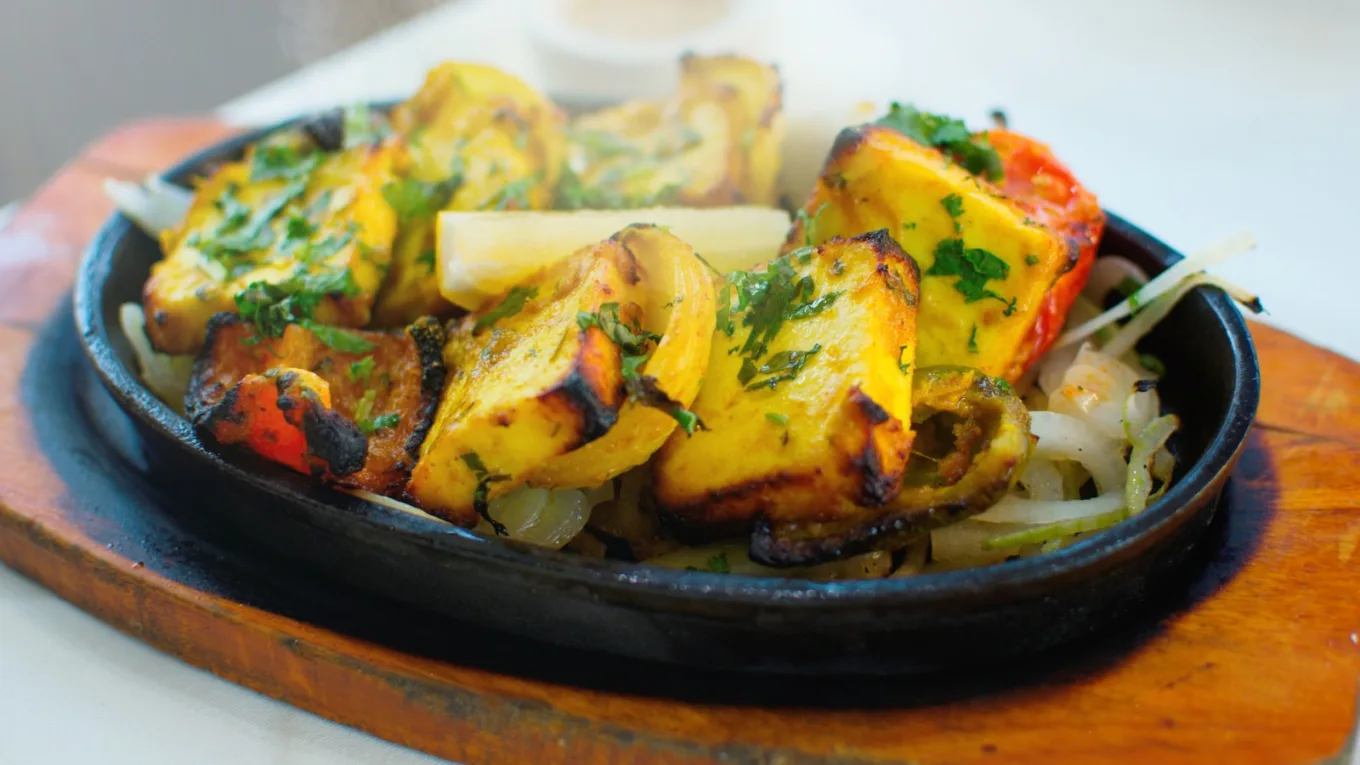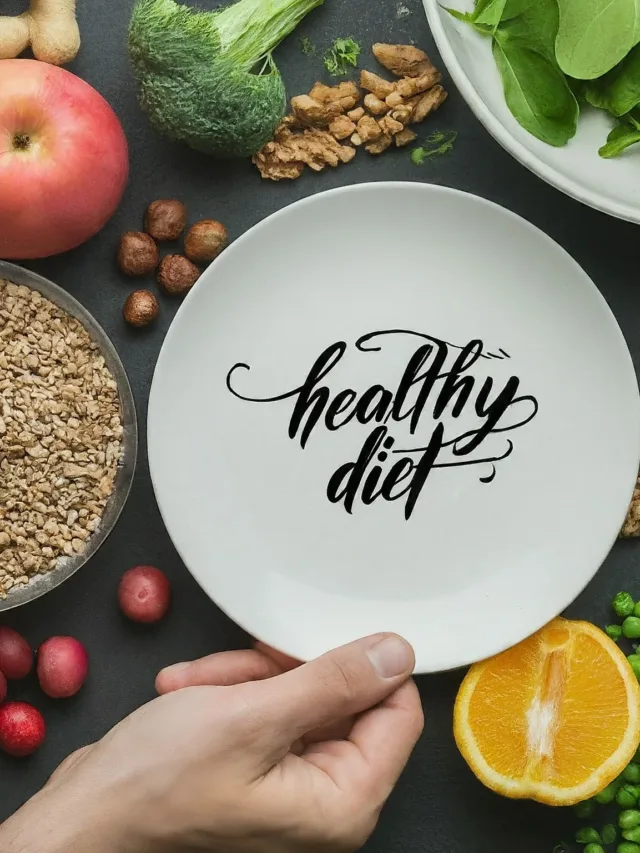Paneer Pleasures: Exploring the Versatility of India’s Beloved Fresh Cheese
Paneer, a fresh cheese integral to Indian cuisine, is crafted by curdling milk with an acidic substance such as lemon juice or vinegar. Boiled milk undergoes this curdling process, and the resulting curds are separated from the liquid whey, often pressed into a firm block. With a mild and milky flavor, paneer boasts a versatile, non-melting texture that makes it ideal for a myriad of culinary applications. Rich in protein, calcium, and phosphorus, it not only contributes to muscle development and bone health but also serves as a prominent protein source in vegetarian diets. Paneer finds its way into an array of dishes, including curries, stir-fries, and snacks, absorbing the vibrant spices and flavors of Indian cuisine. Its cultural significance is evident in its presence in festive meals, and regional variations offer diverse preparations of this beloved cheese. Whether grilled, fried, or used in savory or sweet recipes, paneer remains a cherished and adaptable ingredient in Indian gastronomy.
What is paneer made of?
Paneer is typically made from cow’s milk, although buffalo milk can also be used. The basic process of making paneer involves curdling the milk to separate the solid curds from the liquid whey. Here’s a general overview of the ingredients and the process:
Ingredients:
- Milk: Cow’s milk is the most common choice for making paneer, but buffalo milk can also be used. The quality and fat content of the milk can affect the texture and taste of the paneer.
- Acidic Substance: An acidic substance is added to the milk to curdle it. Common choices include lemon juice, vinegar, or citric acid. The acid helps in coagulating the proteins in the milk, leading to the formation of curds.
Process:
- Heating the Milk: The milk is heated to a near-boiling point. This step helps to denature the proteins in the milk and prepares it for curdling.
- Adding the Acidic Substance: Once the milk is heated, the acidic substance (lemon juice, vinegar, or citric acid) is added. The acid causes the proteins in the milk to coagulate, forming curds.
- Straining: The curdled milk is then strained to separate the solid curds from the liquid whey. The curds are collected, and excess whey is drained away.
- Pressing and Shaping: The collected curds are often pressed to remove additional whey and shape the paneer into a block or cube. The pressed paneer can be further cut into smaller pieces for use in various dishes.
The result is a fresh, non-aged cheese with a mild and milky flavor. Paneer’s ability to retain its shape without melting makes it a versatile ingredient in a variety of Indian dishes, both savory and sweet.
What does paneer taste like?
Paneer has a mild and fresh flavor with a slightly tangy undertone. Its taste is often described as neutral, making it an excellent canvas for absorbing the flavors of the spices and seasonings used in various dishes. The mildness of paneer allows it to complement both savory and sweet preparations.
The texture of paneer is crumbly and firm, and it doesn’t melt when heated, distinguishing it from many other types of cheese. This unique texture makes it a popular choice for cooking methods like grilling, frying, or adding to curries and stir-fries, where it can maintain its structure.
Because of its mild taste, paneer is versatile and can be used in a wide range of recipes, from spicy curries like Paneer Butter Masala to milder dishes like Palak Paneer, where it takes on the flavors of the accompanying ingredients. In sweet dishes, paneer is also used to make desserts like Rasgulla and Sandesh.
How healthy is paneer?
Paneer can be a healthy addition to your diet, providing a good balance of essential nutrients. Here are some aspects of paneer’s nutritional profile:

- Protein Content:
- Paneer is rich in protein, making it a valuable component for individuals, especially vegetarians, looking to meet their protein requirements. Protein is essential for muscle development, repair, and overall body function.
- Calcium and Phosphorus:
- Paneer is a good source of calcium and phosphorus, both of which are crucial for maintaining strong bones and teeth.
- Rich in Vitamins:
- Paneer contains various vitamins, including vitamin D, which is important for calcium absorption, and vitamin B12, essential for nerve function and the production of red blood cells.
- Healthy Fats:
- Paneer contains fats, including saturated fats. While moderate amounts of saturated fats are not necessarily harmful, it’s essential to consume paneer in moderation, especially if you are watching your fat intake.
- Low in Carbohydrates:
- Paneer is low in carbohydrates, which can be beneficial for those following low-carb or ketogenic diets.
What are some popular paneer Indian dishes?
Paneer is a versatile ingredient that is used in a variety of popular Indian dishes. Here are some well-known and beloved paneer dishes:
- Paneer Butter Masala: Soft paneer cubes are cooked in a rich and creamy tomato-based curry sauce, often flavored with butter, cream, and a blend of aromatic spices.
- Palak Paneer: This dish features paneer cubes cooked in a flavorful spinach-based curry. It is not only delicious but also nutritious due to the inclusion of spinach.
- Shahi Paneer: Shahi Paneer is a royal and indulgent dish where paneer is cooked in a rich and creamy cashew and tomato-based gravy, often with the addition of aromatic spices.
- Kadai Paneer: In this dish, paneer is stir-fried with bell peppers, onions, and tomatoes in a kadai (wok), along with a blend of spices, resulting in a flavorful and spicy preparation.
- Paneer Tikka: Paneer cubes are marinated in a spiced yogurt mixture and then skewered and grilled or baked. This dish is a popular appetizer or snack.
- Paneer Bhurji: Grated or crumbled paneer is cooked with onions, tomatoes, and spices to create a flavorful and quick stir-fried dish. It’s often enjoyed with flatbreads.
- Paneer Kofta: These are paneer dumplings typically served in a rich and creamy tomato or onion-based gravy. The koftas can be fried or baked.
- Paneer Paratha: Grated paneer is mixed with spices and stuffed into whole wheat flatbreads (parathas). These parathas are then cooked on a griddle and served with yogurt or pickles.
- Paneer Pakora: Paneer cubes are coated in a spiced chickpea flour batter and deep-fried until crispy. These make for a popular snack or appetizer.
- Paneer Biryani: Fragrant basmati rice is layered with spiced paneer and cooked to perfection, creating a flavorful and aromatic biryani.







